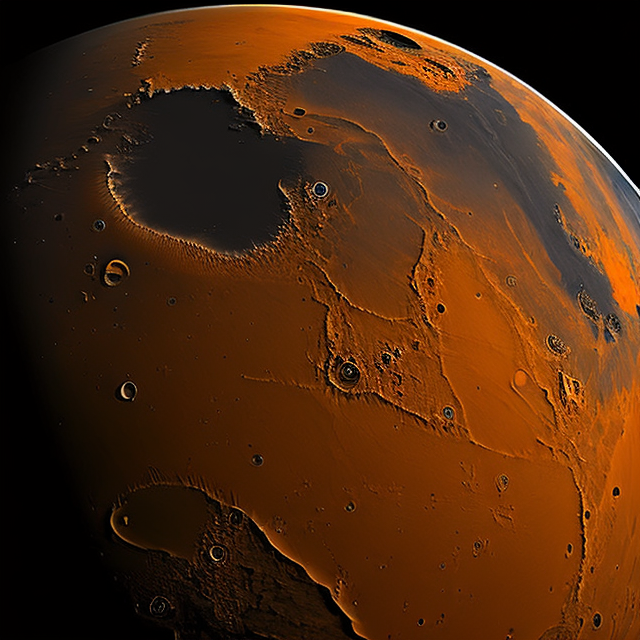|
|
Space Astro
|
Info for exoplanet "Chahyaru Mya"
| Scientific (actual) data |
|---|
| Name | K2-83 c |
| Planet status | Confirmed |
| Radius | 0.132 |
| Orbital period | 9.99767 |
| Semi major axis | 0.07131 |
| Discovered | 2016 |
| Updated | 2021-02-05 |
| Tconj | 2457070 |
| Publication | Published in a refereed paper |
| Detection type | Primary Transit |
| Alternate names | EPIC 210508766.02 |
| Star name | K2-83 |
| Right ascension | 59.9° |
| Declination | 15.56° |
| Mag j | 11.599 |
| Mag h | 10.945 |
| Star distance | 125.98 |
| Star mass | 0.48 |
| Star radius | 0.42 |
| Star temperature | 3910 |
| Star alternate names | 2MASS J03593637+1533320, EPIC 210508766, WISE J035936.34+153331.8 |
| Wikipedia article | K2-83 c |
Back
| |
| Fictional info (?) |
|---|
| Suggested name | Chahyaru Mya |
| Planet type | Warm planet |
| It is a warm planet planet with a mass one-thousandth that of K2-83, but two-and-a-half times that of all the other planets in its solar system combined.
Because of its fast rotation, the planet's shape is that of an oblate spheroid (it has a slight but noticeable bulge around the equator). |
| Atmosphere | Hydrogen chloride | 57% |
| Carbon dioxide | 35% |
| Ammonia | 6.2% |
| Ethane | 1.2% |
| Hydrogen | 0.19% |
| Atmospheric pressure | 7 bar |
 |
| Moon | Chubyakyu-ho | Medium-sized slightly egg-shaped rocky moon |
| Wacho Mekeza-gyu | Huge round oceanic comet |
| Google search for Chahyaru mya |
|
Website by Joachim Michaelis
|
|
|
|